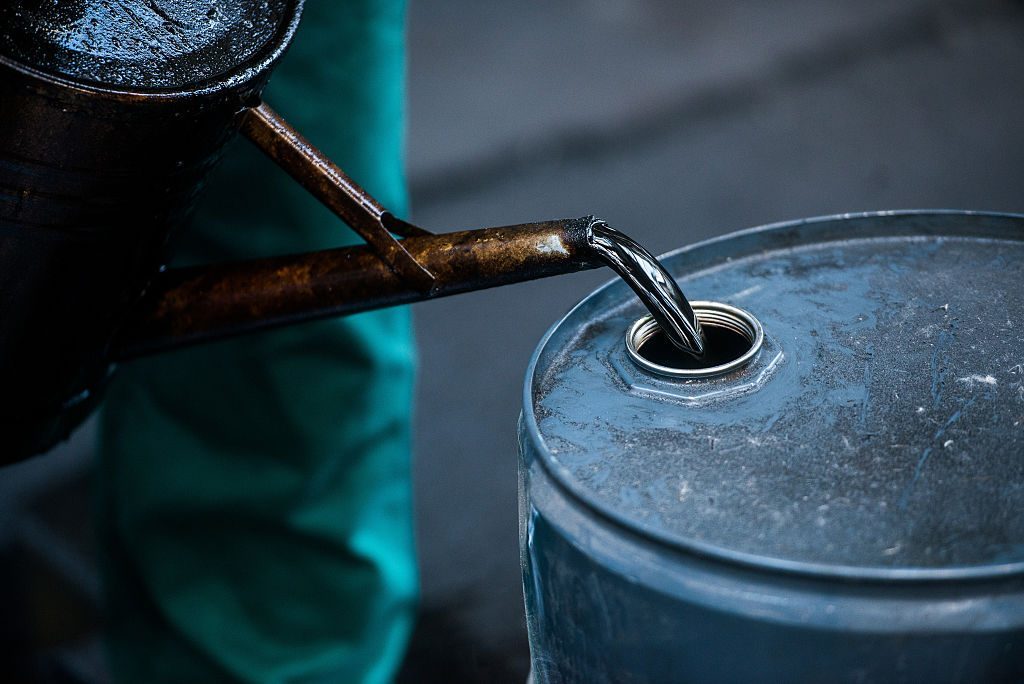
The good news for oil bulls is that US stockpiles of the stuff, while still bloated, are now firmly back inside the historical range. The bad news is that all that bloating means the average isn’t what it was.
When the Energy Information Administration puts out its weekly summary of oil inventories, the one-pager usually has some form of wording about how the current level compares with what’s typical for the particular time of year. Here’s an example from this week’s report, released Wednesday:
At 466.5 million barrels, US crude oil inventories are in the upper half of the average range for this time of year.
US inventories being in the upper half of the range means OPEC’s efforts to clear the glut still have a ways to go. On the bright side, stockpiles have now dropped for seven weeks in a row, draining almost 43 million barrels from the tanks — so things have been heading in the right direction. But even here, OPEC isn’t making as much headway in its journey back to “rebalancing” the market as it may seem. That’s because those historical ranges are five-year averages that roll forward with time. So in the summer of 2017, there’s about two years worth of build-up skewing the range higher. To see what I mean, I calculated average ranges for the periods 2012 through 2016 and 2010 through 2014, with the second corresponding to the period before inventories blew out and oil prices crashed. The chart below shows how weekly commercial crude oil inventory levels in 2017 compare with the recent historical range and the pre-crash one:
You can see immediately how the sudden build-up of oil in 2015 and 2016 have expanded the historical range enormously. Notice, too, how the average level for the most recent five-year period is roughly 20 million to 40 million barrels above the ceiling for the slightly older range. Inventories would need to drop by another 127 million barrels to be inside that green area.
The ranges for gasoline are much tighter, possibly due in part to the fact that, unlike crude oil, exports of the product have been allowed for many years. Even here, though, while stocks are now inside the upper part of the five-year range, they’re still almost 8 million barrels above the top end of the older range.
What moving averages do -move
One should also acknowledge, however, that inventories are only one part of the equation. After all, demand for oil changes over time. So higher (or lower) stockpiles may reflect the need to cover more or less consumption, not just excesses or deficits.
With that in mind, here’s how US crude oil and gasoline inventories compare with trailing demand:
There’s some good news here for the likes of OPEC, with US gasoline inventories getting back to the sort of demand-adjusted levels that prevailed in that halcyon summer of 2014 (although last week’s increase in inventories, unusual for this time of year, is troubling). Not so the crude glut. Even after the reductions, it remains high however you cut it.
Inventories may be back inside the range. But the lesson here is to read historical averages as living, moving things rather than fossilized remains.
Liam Denning is a Bloomberg Gadfly columnist covering energy, mining and commodities. He previously was the editor of the Wall Street Journal’s “Heard on the Street” column. Before that, he wrote for the Financial Times’ Lex column. He has also worked as an investment banker and consultant.
Recommended for you
